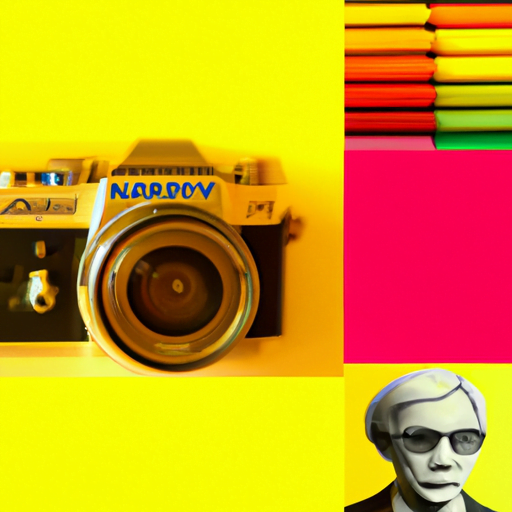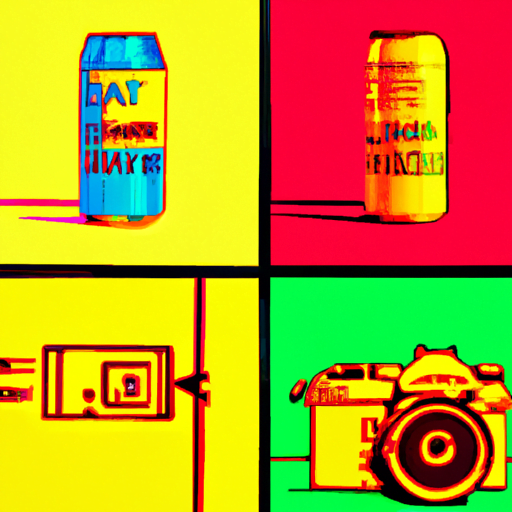
-
Table of Contents
- Designing Memes and Viral Graphics
- Introduction
- The Power of Memes and Viral Graphics
- Understanding Your Target Audience
- Current Trends and Pop Culture References
- The Psychology of Virality
- Design Tips for Memes and Viral Graphics
- Case Studies: Memes that Went Viral
- 1. The Distracted Boyfriend Meme
- 2. The “This is Fine” Dog
- Conclusion
Designing Memes and Viral Graphics

Introduction
In today’s digital age, memes and viral graphics have become an integral part of online culture. They are shared across social media platforms, spreading like wildfire and capturing the attention of millions. Designing effective memes and viral graphics requires a deep understanding of the target audience, current trends, and the psychology behind what makes content go viral. In this article, we will explore the art of designing memes and viral graphics, providing valuable insights and tips to help you create compelling and shareable content.
The Power of Memes and Viral Graphics
Memes and viral graphics have the ability to reach a massive audience in a short amount of time. They are easily shareable, often evoking emotions and sparking conversations. According to a study by the Pew Research Center, 55% of young adults aged 18-29 have shared a meme online, highlighting their popularity among younger demographics.
One of the main reasons memes and viral graphics are so powerful is their ability to convey complex ideas in a simple and relatable way. They often use humor, sarcasm, or clever wordplay to engage the audience and make them feel connected to the content. Memes and viral graphics can also serve as a form of social commentary, allowing people to express their opinions on various topics.
Understanding Your Target Audience
Before diving into designing memes and viral graphics, it is crucial to understand your target audience. Different demographics have different preferences and humor styles, so tailoring your content to resonate with your specific audience is essential for success.
Start by conducting thorough research on your target audience. Look at their age, gender, interests, and online behavior. This information will help you create content that aligns with their preferences and increases the chances of it going viral.
Current Trends and Pop Culture References
Staying up-to-date with current trends and pop culture references is vital when designing memes and viral graphics. Memes often rely on referencing popular movies, TV shows, songs, or internet phenomena. By incorporating these references into your content, you can tap into the existing popularity and familiarity, making it more relatable and shareable.
For example, during the 2019 Super Bowl, a meme featuring a shot of SpongeBob SquarePants became viral. The meme referenced a popular episode of the show, and people instantly connected with it, resulting in widespread sharing and engagement.
The Psychology of Virality
Understanding the psychology behind what makes content go viral is crucial for designing effective memes and viral graphics. Several factors contribute to the virality of content:
- Emotional appeal: Memes that evoke strong emotions such as humor, surprise, or nostalgia are more likely to be shared. People enjoy sharing content that makes them feel something.
- Simplicity: Memes and viral graphics should be easy to understand and consume. They should convey the message quickly and concisely.
- Relatability: Content that people can relate to on a personal level is more likely to be shared. Memes that tap into common experiences or shared frustrations often resonate with a wide audience.
- Uniqueness: Creating something unique and original can help your content stand out from the crowd. People are more likely to share something they haven’t seen before.
Design Tips for Memes and Viral Graphics
When it comes to designing memes and viral graphics, there are a few key tips to keep in mind:
- Keep it simple: Memes should be visually simple and easy to understand at a glance. Avoid cluttered designs or excessive text.
- Use high-quality images: Using high-resolution images ensures that your content looks professional and visually appealing.
- Choose the right font: The font you choose can greatly impact the overall feel of your meme. Experiment with different fonts to find the one that best suits your content.
- Consider color psychology: Colors evoke different emotions and can influence how people perceive your content. Choose colors that align with the message you want to convey.
- Add your branding: If you are creating memes and viral graphics for a brand, make sure to incorporate your branding elements such as logos or colors. This helps increase brand recognition and recall.
Case Studies: Memes that Went Viral
Let’s take a look at a couple of case studies to understand the impact of well-designed memes:
1. The Distracted Boyfriend Meme
The “Distracted Boyfriend” meme, featuring a stock photo of a man checking out another woman while his girlfriend looks on in disbelief, became one of the most popular memes of 2017. The simplicity of the image, combined with the relatable theme of infidelity, resonated with a wide audience. The meme was shared across various social media platforms, spawning countless variations and parodies.
2. The “This is Fine” Dog
The “This is Fine” meme, featuring a cartoon dog sitting in a room engulfed in flames, perfectly captured the feeling of trying to remain calm in a chaotic situation. The simplicity of the image, combined with the dark humor, made it highly shareable. The meme became a symbol for various situations where things are falling apart but we try to maintain a sense of normalcy.
Conclusion
Designing memes and viral graphics is both an art and a science. By understanding your target audience, staying up-to-date with current trends, and incorporating the psychology of virality, you can create compelling and shareable content. Remember to keep your designs simple, use high-quality images, and tap into emotions and relatability. With the right approach, your memes and viral graphics have the potential to reach millions and become a part of internet culture.
